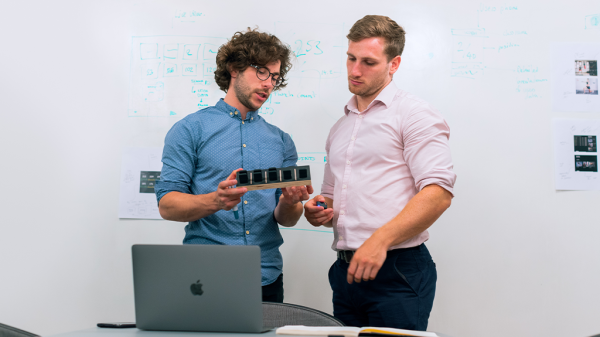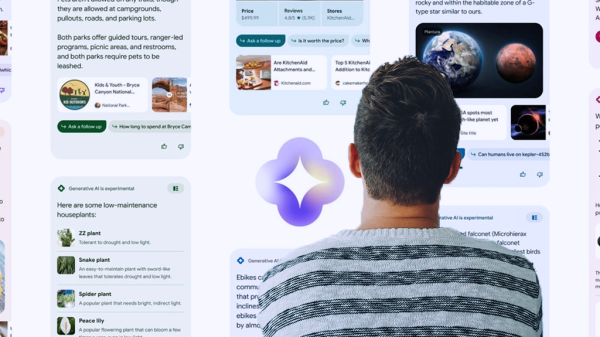What is Google cooking up these days?
Google is no stranger to innovation. Heck, its new parent company, Alphabet, exists because of the need to feed all of Larry Page’s pet projects. So it should come as no surprise that eConsultancy is reporting on Google’s push into 3 of the biggest trends in tech and online communication: virtual assistance, virtual reality, and messaging.
All of these innovations open up new opportunities for entrepreneurial projects and new marketing opportunities for your current enterprise. Let’s dive in!
![]()
Not another messaging app
Wait, what about Google Chat? Allo ties itself to a phone number, rather than a Google account. Allo is more or less a mixture of the best features from other apps, such as SnapChat, Facebook Chat, WhatsApp, and others. That doesn’t sound like much, but considering how big the messaging app market is, that may be enough.
eConsultancy argues that gaining market share in the messaging app space gives Google a platform to sell advertising. That’s a big deal for a company whose growth is starting to slow down, so a new revenue stream possibility is hard to ignore in a business culture that values growth. That’s good news for entrepreneurs in general; additional PPC channels can improve pricing and reach for digital advertising.
Virtual assistance, Google style
Google is a late-comer to this game; Apple, Amazon and Microsoft all have virtual assistants integrated into their digital experiences. While they intend to integrate it with Google Home and The Internet of Things, it will become a critical component of search behavior going forward.
Voice queries are changing the game of search and SEO. As a business marketer, if you haven’t started to optimize your search visibility accordingly, you best get started. The biggest search engine in the world is adopting this technology. That should tell you something.
A virtual reality daydream
Having already made virtual reality (VR) a mainstream possibility through their super inexpensive Cardboard device, Google is dabbling in many VR realms. For example, Google’s Daydream works a bit differently from other VR technology in the market, acting as a content platform first. In addition to integrating content from existing Google platforms (YouTube, Google Play, Street View, etc), developers can use it to create new content compatible with VR devices. Yes, Google will be working to create its own hardware, but for now, the content experience comes first (just look at their Tilt Brush).
This creates a great opportunity for entrepreneurs interested in the VR space to innovate without an (expensive) hardware investment. Reducing that cost removes barriers to success and innovation in this field. Virtual content masterminds can leave their mark here.
Other innovations
Those are just the tip of the iceberg. Google has the resources to dabble and experiment in many spaces, and here are just a few more innovations from the Google camp to brush up on:
- Chatbot: Google’s working on artificial intelligence
- Google patents “pedestrian glue” so you stick to the hood if it
- Google sends driverless cars to Washington to test in the rain
- Google teams up with Ford for autonomous cars
- Did Google just invent the first unprintable e-book?
- Google’s trying to kill passwords (and it’s creepy)
- Google Project Fi wants to free you from your cell phone plan
- Project Ara could be the first smartphone innovation in years
- Google buys Nest, now has more eyes in your home
- Google’s fresh app, Spaces could be big. Maybe.
- Google buys a drone company for more than better mapping
#GoogleInnovation
Born in Boston and raised in California, Connor arrived in Texas for college and was (lovingly) ensnared by southern hospitality and copious helpings of queso. As an SEO professional, he lives and breathes online marketing and its impact on businesses. His loves include disc-related sports, a pint of a top-notch craft beer, historical non-fiction novels, and Austin's live music scene.












































